William Blake (1757-1827) transformed the tradition of British poetry and art. These books constitute some of the best scholarly accounts of his work, his philosophy, and his time.
1
An essential introduction to Blake Studies. Frye's work has subsequently been critiqued by many scholars, but his attempt to create a systematic interpretation of Blake is brilliant and elegant, nonetheless.
2
Ault wrote this book over 20 years, and was the first to treat VALA, or THE FOUR ZOAS as a complete text. He also created a post-structuralist interpretation of Blake without having ever read Derrida, and basing his ideas upon Merleau-Ponty and Whitehead. Full disclosure: Ault was my teacher, but I still think this book is central.
3
While the work of Joseph Viscomi, Robert Essick, and Morris Eaves collectively helped to define the work of textual studies and anticipated the development of the digital humanities with THE BLAKE ARCHIVE, Mei-Ying Sung's exhaustive study of Blake's engraving techniques stands as perhaps the most sophisticated work on this aspect of Blake studies. Sung shows how Blake employed the technique of repoussage to edit aspects of his plates when he made mistakes, and Sung's work also shows how deeply Blake studies has been influenced by art movements like surrealism.
4
Makdisi's text is crucial in aligning the post-structuralist/formalist and the historicist schools in Blake studies in the 00's. He also created a fascinating debate about the complicity of William Blake in the rise of British Imperialism. Curiously, he thought Blake was uniquely guiltless of Romantic Imperialism, but this book was central in starting that discussion.
5
Bruder and Connolly's previous books (QUEER BLAKE, SEXY BLAKE) were groundbreaking collections uncovering the under-appreciated connection between Blake's work and queer theory. This collection promises to make further important interventions in Animal Studies and Medical Humanities. I also included it to mention Bruder's important work on feminist interpretations of Blake and Connolly's magnificent work on Blake's study of the human body.
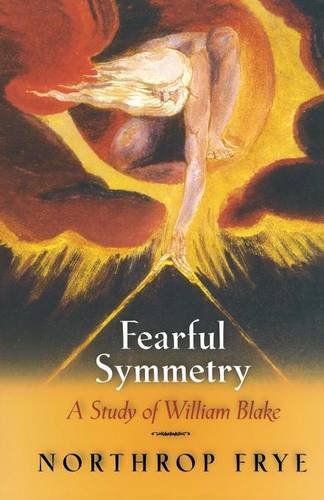
1
An essential introduction to Blake Studies. Frye's work has subsequently been critiqued by many scholars, but his attempt to create a systematic interpretation of Blake is brilliant and elegant, nonetheless.
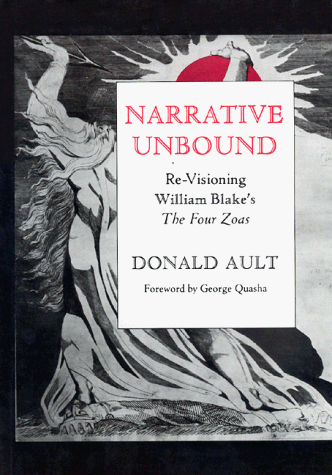
2
Ault wrote this book over 20 years, and was the first to treat VALA, or THE FOUR ZOAS as a complete text. He also created a post-structuralist interpretation of Blake without having ever read Derrida, and basing his ideas upon Merleau-Ponty and Whitehead. Full disclosure: Ault was my teacher, but I still think this book is central.
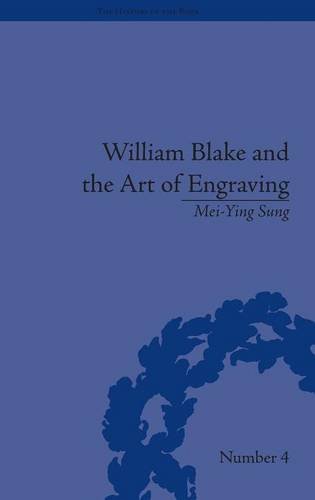
3
While the work of Joseph Viscomi, Robert Essick, and Morris Eaves collectively helped to define the work of textual studies and anticipated the development of the digital humanities with THE BLAKE ARCHIVE, Mei-Ying Sung's exhaustive study of Blake's engraving techniques stands as perhaps the most sophisticated work on this aspect of Blake studies. Sung shows how Blake employed the technique of repoussage to edit aspects of his plates when he made mistakes, and Sung's work also shows how deeply Blake studies has been influenced by art movements like surrealism.
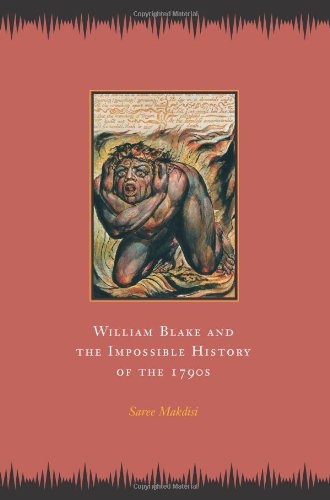
4
Makdisi's text is crucial in aligning the post-structuralist/formalist and the historicist schools in Blake studies in the 00's. He also created a fascinating debate about the complicity of William Blake in the rise of British Imperialism. Curiously, he thought Blake was uniquely guiltless of Romantic Imperialism, but this book was central in starting that discussion.
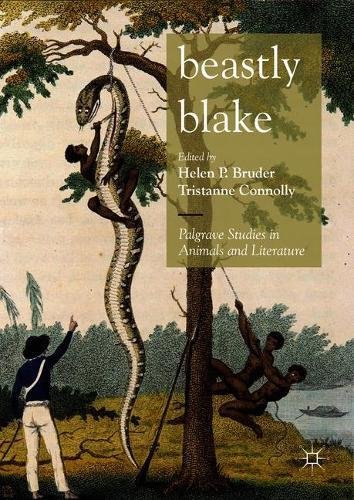
5
Bruder and Connolly's previous books (QUEER BLAKE, SEXY BLAKE) were groundbreaking collections uncovering the under-appreciated connection between Blake's work and queer theory. This collection promises to make further important interventions in Animal Studies and Medical Humanities. I also included it to mention Bruder's important work on feminist interpretations of Blake and Connolly's magnificent work on Blake's study of the human body.
© Five Books 2025